Infectious Microbes Found in Cow’s Milk
Mycobacterium tuberculosis: The cause of “consumption,” a horrific wasting disease that first affects the lungs, Mycobacterium bovis is associated with consumption of raw milk and was one of the most common contaminants prior to the practice of pasteurization. M. bovis causes tuberculosis in cows and can be passed to humans via unpasteurized cow's milk, causing a disease that is very similar to M. tuberculosis.
Bacillus cereus: These bacteria produce a toxin that can cause diarrhea and another that causes vomiting. Bacillus cereus spores are heat-resistant and may survive pasteurization. There have even been very rare cases linked to dried milk and dried infant formula.
Brucella: Brucella is a bacterial microbe that is found in unpasteurized dairy products. Brucella infection, or Brucellosis, has also been called “Undulant Fever” because of the regular recurrence of fever associated with the disease.
Campylobacter jejuni: Campylobacter jejuni is the most common bacteria to cause diarrheal disease in the U.S. and is found in raw milk and poultry. It has an increased chance of causing disease when consumed in milk, because the basic pH of milk neutralizes the acidity of the stomach.
Coxiella burnetii: Coxiella infects a variety of animals, including livestock and pets. The microbe can be found in cow’s milk and is resistant to heat and drying. Infection by Coxiella results in Q fever, a high fever that may last up to 2 weeks.
E. coli O157:H7: This particular strain of E. coli has been associated with a number of food-borne outbreaks and is the cause of bloody diarrhea. Frequently associated with dairy cattle, microbial contamination of raw milk and soft cheeses can result in disease.
Listeria monocytogenes: Listeria is a common bacterial pathogen that is found in soft cheeses and unpasteurized milk. It can even survive below freezing temperatures and can therefore withstand refrigeration. It is particularly dangerous to individuals who have weakened immune systems, including pregnant women, AIDS patients, and the very young and very old.
Mycobacterium avium subspecies paratuberculosis: This strain of mycobacteria can withstand pasteurization and has been associated with the development of Crohn’s disease, also known as inflammatory bowel syndrome. However, whether or not these bacteria can actually infect humans remains controversial.
Salmonella: Salmonella contamination of raw milk and milk products has been the source of several outbreaks in recent years. Symptoms include diarrhea and high fever.
Staphylococcus aureus: Staph aureus produces a toxin that causes explosive vomiting. The disease may be considered a consequence of actual food poisoning from simply consuming the toxin, rather than from an actual infection.
Yersinia enterocolitica: Associated with raw milk and ice cream, among other foods, contamination is believed to be a consequence of a breakdown in sanitization and sterilization techniques at dairy processing facilities.
 .
. .
.
 .
.

